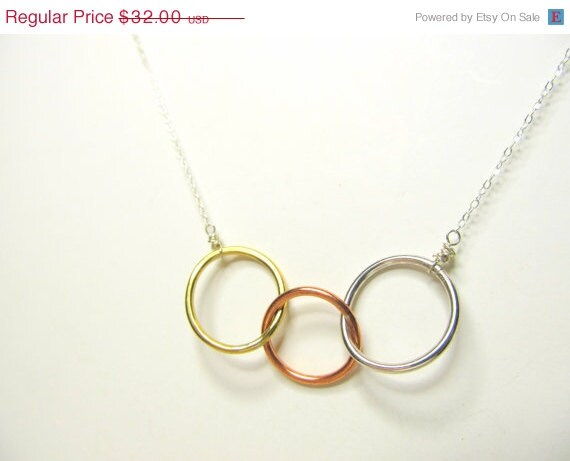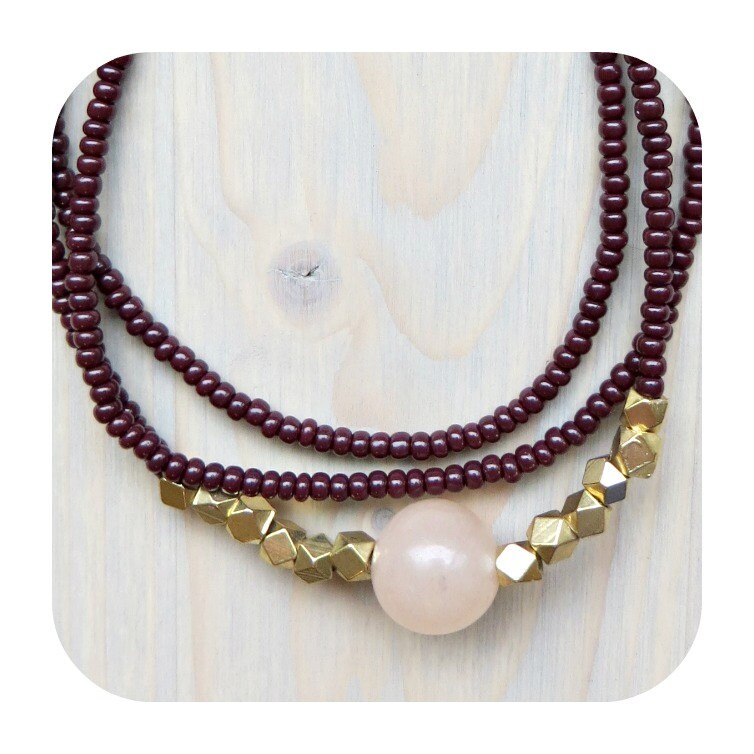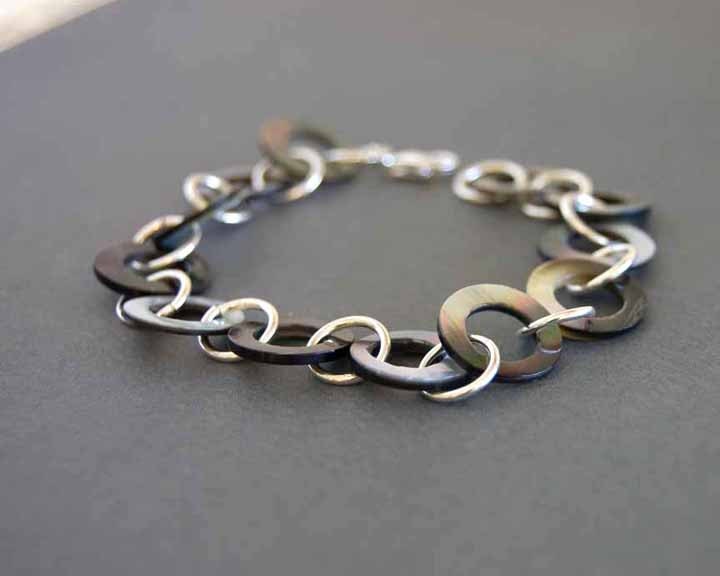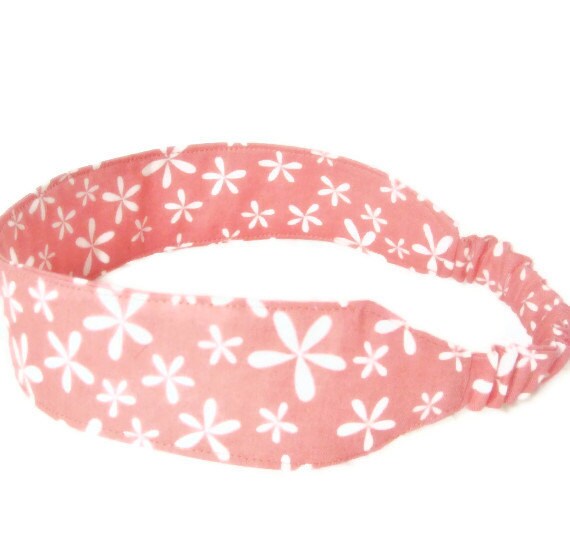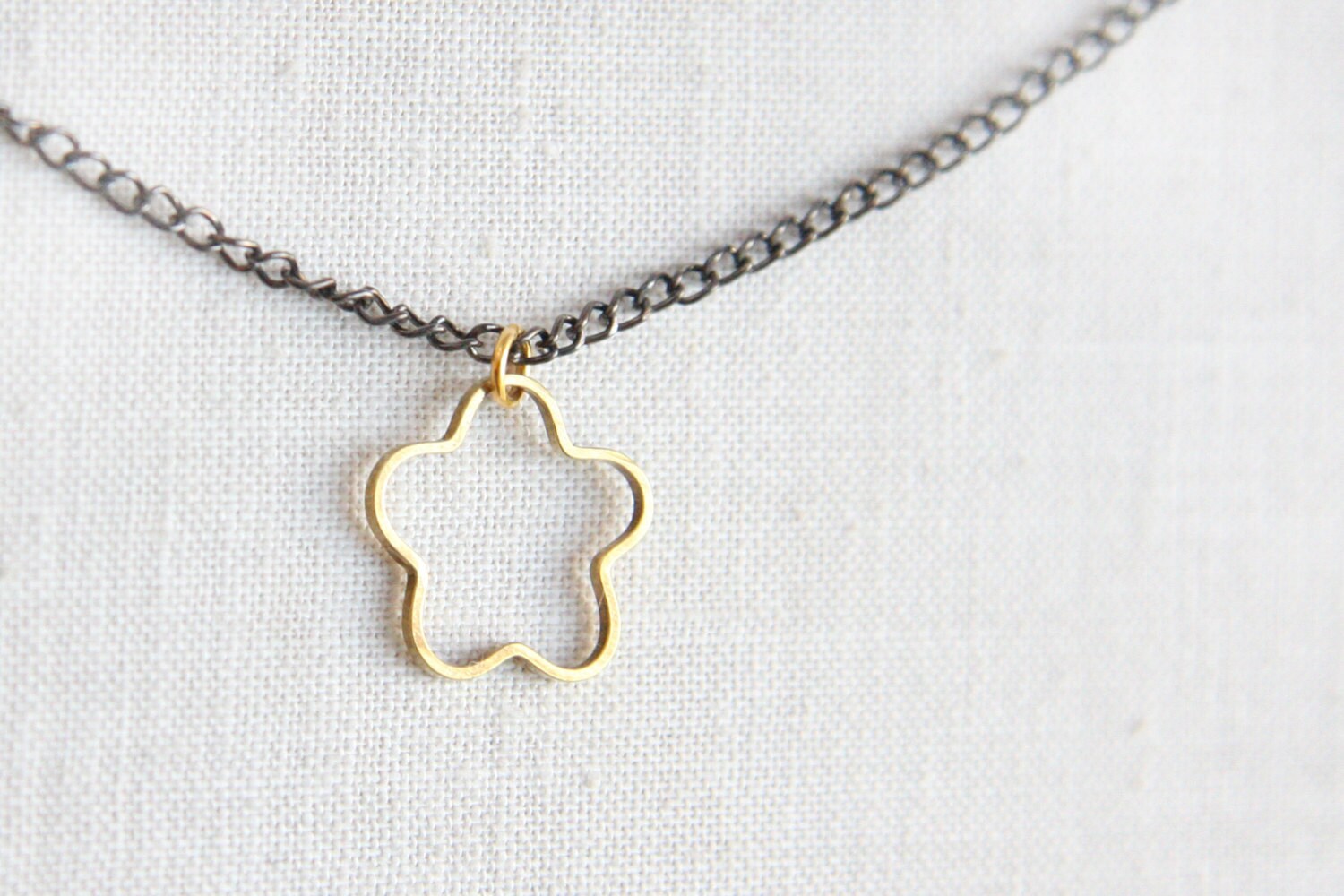I've been promising an article on marketing and advertising for a long time, but, being the terribly lazy blogger that I am, I haven't got around to it until now. This past month has been pretty hectic for me. There was a mix up with the big summer retail show I do every year, and I didn't find out if I was accepted to attend until just 3 weeks before the show. I usually have 3 MONTHS to prepare, so I had a ton of work to try and squeeze into those few weeks. On the bright side, something about that kind of crazy pressure sparks my creativity like nothing else, and I manged to design and create a whole bunch of new items, some of which were so popular at the show that I spent down time during the show making more!! Here's one of my newest creations:
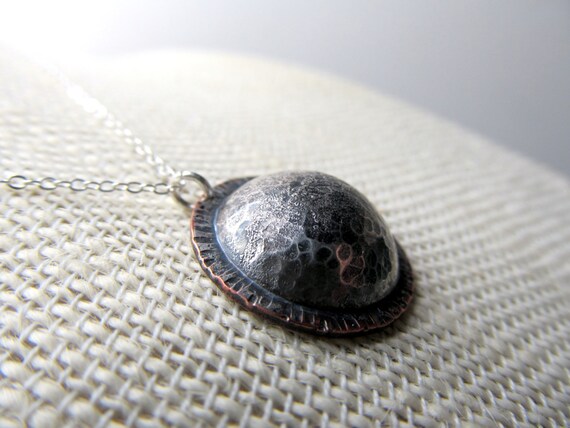 |
| Midnight Moon Necklace |
Anyway, the reason I bring up the show is because this year was a really strange year. The art center that hosts the show didn't do much marketing--in fact the only marketing I saw was an email sent out a few days before the show. Now, this is a large-ish show, with over 90 vendors plus food trucks, live music, and artist demos going on all weekend. It happens twice every year, once in the summer, then again in the fall, and has been around for as long as I can remember. It's a popular show, and usually draws a good crowd, even if the weather is yucky. But none of that matters if people don't know the dates and time of the show, and that's where marketing and advertising comes in.
Now, I know a lot of people get really overwhelmed when they think about advertising and marketing, especially when it comes to paid advertising. If you don't know what you're doing, you can end up throwing away buckets of money with very little return. I'll go into more specifics about various advertising platforms in later blog posts, and even walk you through setting up a basic ad campaign, but for now, I want to share some really basic information with you to get you a little more comfortable with the idea of paid advertising.
The very first thing you need is a good, solid grasp on who your target market is. If you recall, I did a guest blog post on the Promofrenzy Blog with lots of great tips, and a worksheet, to help you get to know your ideal customer, and your target market. Etsy has a great blog post as well, full of great tips for finding your target market.
The next thing you need is a goal or a plan. Figure out what you want your ads to achieve--Do you want more traffic to your online shop? Do you want more traffic to your Facebook page? Do you want more sales? Do you want people to sign up for your newsletter?
Being very familiar with the concept of your target market, and having a specific goal in mind will help you create effective ads that are geared towards the people who are most likely to buy your product (or like your page, or sign up for your newsletter). The very first time I ran a Google AdWords campaign, I had no clue about my target market, and rather than narrow my audience down to a specific subset of people, I went wide. In my mind, I thought the more people that saw my ad the better, but in reality, that was the least effective use of my ad budget. Lots of views and clicks are great, but only if the people clicking/viewing are actually interested in your product. Otherwise, you're paying for a click/impression that doesn't lead to anything, and that can burn through your budget quickly with very little to no return.
Wait, you say, what are clicks and impressions? When it comes to paid advertising on the web, there are three common types of ads--Cost Per Impression (CPM), Cost Per Click (CPC), and Cost Per Action (CPA). Choosing which of these set ups to use will largely depend on what the goal of your campaign is. Here are some basic definitions:
Cost Per Impression (CPM):
The "M" in this acrynom doesn't stand for million, it's actually the Roman numeral for 1000. CPM literally means cost per thousand. A thousand what? Impressions, or views. With this type of ad campaign, CPM refers to the amount of money it will cost for your ad to be served (or shown) 1000 times. If your ad budget is $50, and your campaign charges a CPM of $5, your ad will receive no more than 10,000 impressions--meaning 10,000 people will SEE your ad.
Cost Per Click (CPC):
With CPM advertising, you are paying to show people your ad. They may or may not click on it, and once they've clicked on it, they may or may not buy, sign up, or take any other action. With CPC advertising, you don't pay anything unless someone actually clicks on your ad, just as the name implies. Once again, with a $50 budget, if your campaign charges a CPC of $0.50, you should expect to get 100 clicks.
Now, along side 10,000 impressions, 100 clicks doesn't seem like that much. But remember--we're talking about someone SEEING your ad versus someone CLICKING on your ad.
Cost Per Action (CPA):
Cost per action is just what it sounds like. If you've set up your ad campaign in this style, you only pay when your ad results in someone taking a specific action. For example, someone clicks on your ad and signs up for your newsletter--you would pay for that action, but if someone clicked on your ad and didn't sign up for your newsletter, you wouldn't pay anything. I've found this type of advertising to be expensive, so while it may be the most direct advertising link between customer and business, it's not one I have much experience with.
So that leaves 2 very common options for your online advertising: CPM and CPC. Which is better? This is a hotly debated topic, and the world of online advertising is full of opinions on which is better, more cost effective, and has a better ROI (return on investment). But I've found that both CPM and CPC have their place in advertising for my small business.
While you're trying to decide on which type of advertising will work best for your goals, there are some other important factors to keep in mind. One of the biggest is keywords. Keywords are what determines if and where your ad will be shown. For those of you already familiar with SEO, coming up with relevant keywords for your ad should be pretty easy. If you use multi-word tags in your Etsy shop, you've pretty much done the work already.
When setting up an ad campaign, each individual ad should be limited in the number of keywords you use, and they should be specific and relevant to whatever you're advertising. Whatever venue you're setting up your ad campaign on, using the Google AdWords Keyword Tool can be a huge help. This is a tool that lets you see what kind of traffic certain keywords and phrases generate. This requires a bit of research and experimenting to find what works for you. It's important to remember that just because a keyword gets lots of traffic doesn't necessarily mean it's a good fit for your ad...or for your budget. The more popular the keyword, the more it costs, which is something I'll go into later. For now, here's a quick example:
In this screen capture, you can see a sample keyword search. I chose jewelry. This page provides you with a TON of great info. Starting at the top, under "Keyword Ideas", you can see my search term "jewelry". As you move across that row, there is a little graph symbol which will show you monthly searches for the keyword over the last 12 months when you hover over it.
But even if the keyword you initially look into isn't a good fit for your ad/budget, the Keyword Tool has some great options to help you find a word or phrase that is. Below the initial results, you'll see a long list of suggested keyword phrases that include your initial keyword.
This list will provide you with the same information regarding these keyword phrases--a graph, average monthly searches, competition, and an average cost per click. Going through this list is a great way to find other keywords that you maybe hadn't thought of using, and it allows you to finds words/phrases that work for your ad and budget. Ideally, you want to select keywords and phrases that have good traffic, medium to low competition, and an average CPC that fits your budget. Remember, this Keyword Tool provides information for how ads perform on Google and its networks. While this is a good basis for research, it's important to keep in mind that keyword competition and CPC can vary across advertising platforms.
Over the next few blog posts, I'll walk you through setting up some ad campaigns on three different platforms. We'll look at Etsy Search Ads, Facebook Ads, and Google AdWords. Etsy Search Ads are the easiest to set up, so we'll look at those first. There are several different options for Facebook Ads, including building your Business Page Audience (likes), boosting a post so more of your audience sees it, and using Facebook to advertise your shop/business website. Google AdWords is probably the most complicated and expansive advertising option we'll discuss, and I definitely won't be able to cover everything, but I'll do my best to get you started.
In the meantime, here's a little homework. Start brainstorming information you would need to set up an ad.
- Think up a goal, or a set of goals.
- Figure out a budget.
- Be sure you've taken the time to get to know your target market.
- Start researching keywords you might use in an ad
- If you have an Etsy shop, take a look back at what keywords have brought the most traffic to your shop, and start researching these keywords to see what might be a good fit
- If you don't have an Etsy shop, that's okay. Just make a list of words and phrases you might use to find your product in a Google search, and research them
Until next time,
Happy Making!




